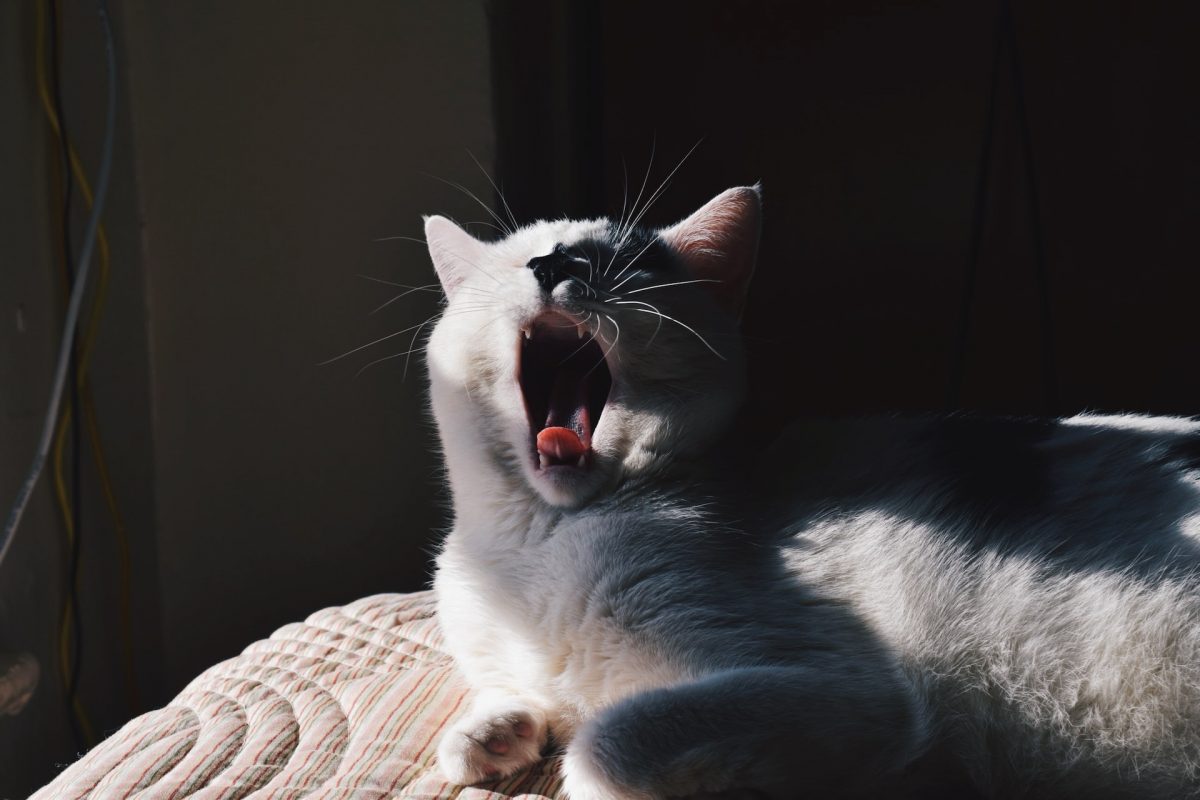No products in the cart.
Cat Health & Wellness, Cats
Why Is My Cat Sneezing?
Cats are generally pretty healthy, but when they start sneezing, you might be worried about what’s going on with your feline friend. Sneezing can have many causes, so it’s important to understand what’s causing your cat’s sneezing to avoid over- or under-reacting in any way. Here are some more common reasons why cats sneeze that you need to know about.
Environmental Allergies
It is a common misconception that cats sneeze only when they have a cold. Cats can be allergic to many environmental factors, including pollen, dust, smoke, and food. If you have noticed your cat has been sneezing more than usual or that the sneezing has changed in pattern, there are several ways to determine if it could be an allergy problem.
One way to figure this out is by administering Benadryl every 12 hours for two days and observing the reaction. If, after 48 hours, the symptoms subside, this may be an indication of allergies. Another way is by changing your kitty’s diet and slowly introducing new foods one at a time over three weeks.
Breathing Trouble
One of the most common reasons a cat sneezes is allergies. Cats can suffer from allergies like humans, and things like dust and pollen can cause them. If your cat has been sneezing, you may want to consider having them see the vet see if they have an allergy or other issue that needs treatment.
It would help if you also took precautions in your own home so that the allergic reaction doesn’t get worse. For example, you could use a HEPA air filter system in your home to help remove allergens from the air.
Eye Problems
The most common cause of sneezing in cats is eye problems. Cats can suffer from conjunctivitis, dry eyes, and other eye diseases, leading to sneezing. Conjunctivitis is a contagious condition that often spreads between cats through direct contact or air.
Symptoms include redness, discharge, and itching around the eye, which may lead to excessive rubbing at the eyes with consequent sneezing. Cats who suffer from dry eyes may have an increased need to blink their eyes and may also experience itchiness around the eye area and eyelid drooping.
If your cat has any of these symptoms and would like further advice on what to do next, please contact your veterinarian for advice on diagnosis and treatment options.
Feline Infectious Peritonitis Virus (FIP)
Feline infectious peritonitis (FIP) is a viral disease that causes cats to have a fever, respiratory problems and, eventually, lose their ability to fight off infections. It can also lead to liver failure or other organ failures.
It is one of the most common feline diseases in the United States and is often fatal. Cats infected with FIP will often start sneezing for no apparent reason. The best way to prevent your cat from getting FIP is by vaccinating against it yearly. If you want more information about this disease, talk with your veterinarian and ask if they offer vaccinations against FIP!
Upper Respiratory Infections in Cats
Feline infectious peritonitis is a rare cat disease in which the body’s immune system attacks the body’s cells. This leads to many different symptoms, including sneezing and fever. The most common way cats contract FIP is through close contact with other infected cats. If you suspect your cat has FIP, it is important to take them to the vet immediately for diagnosis and treatment.
What To Do If You Suspect FIP?
If you suspect your cat has feline infectious peritonitis (FIP), it’s important to get them examined by a veterinarian right away. FIP is often fatal, so starting treatment as soon as possible is important.
When to See the Vet
Sneezing is an expected symptom if your cat has a chronic respiratory disease. Other reasons that might cause your cat to sneeze are nasal or sinus infections, allergies, and foreign objects lodged in the nasal passages. A veterinarian should check these things out as soon as possible to rule out serious medical conditions.

